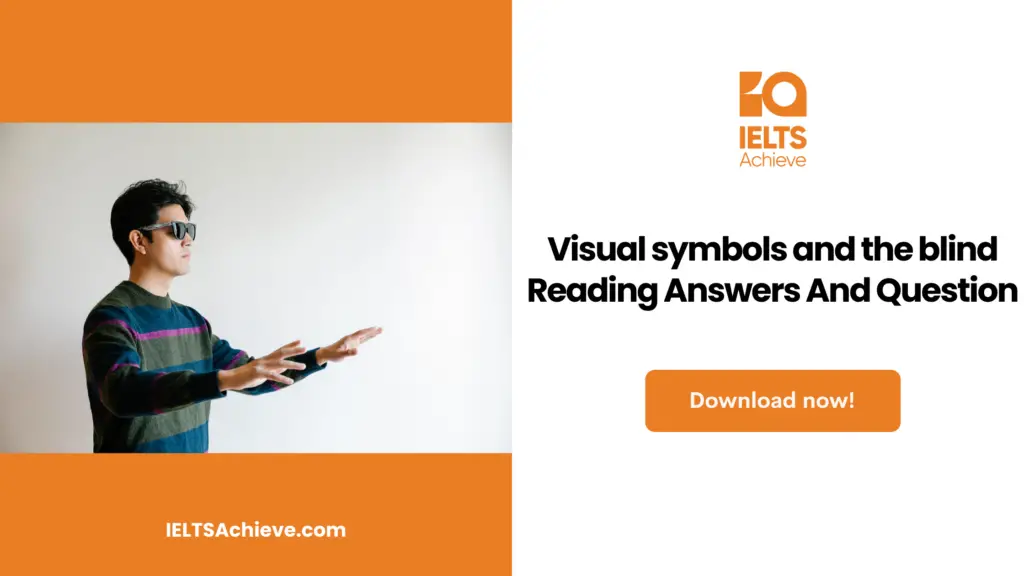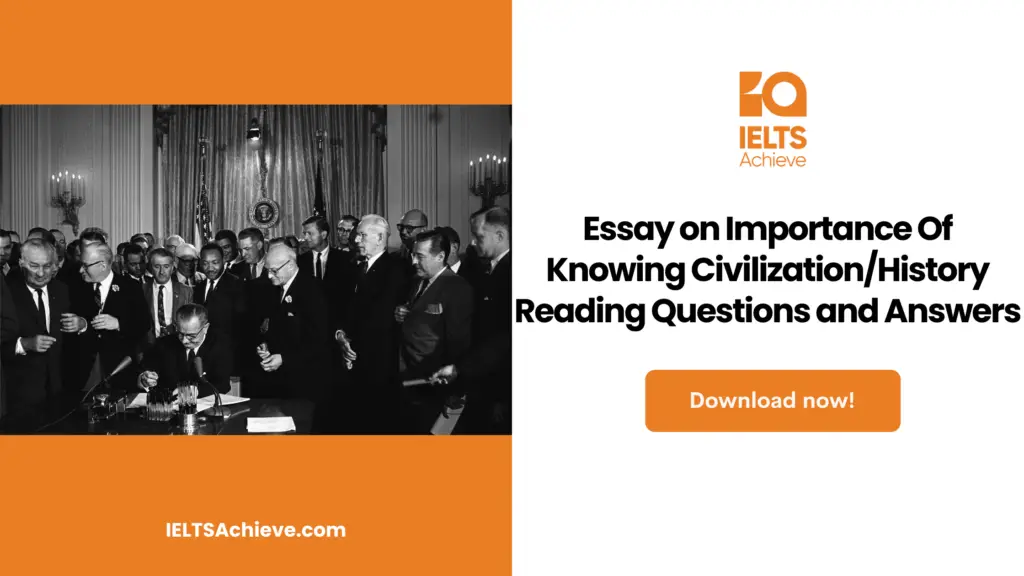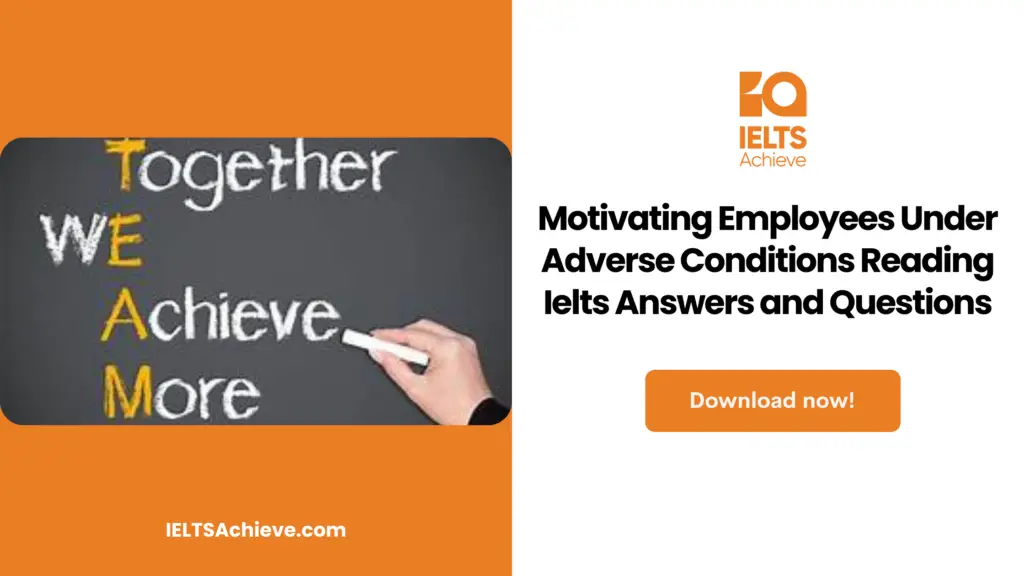The Blog post contains the following IELTS Reading Questions:
- IELTS Reading multiple choice questions
- IELTS Reading matching features
- IELTS Reading summary completion
Stay informed and prepared for success – Explore our comprehensive Reading Test Info page to get valuable insights, exam format details, and expert tips for mastering the IELTS Reading section.
IELTS Reading Passage – Visual symbols and the blind

Visual Symbols and the Blind
Part 1
Recent investigation has confirmed that blind individuals may grasp the use of outlines and perspectives to describe the spatial arrangement of items and other surfaces. However, images are not only literal manifestations. This truth was brought to my attention dramatically when a blind woman in one of my investigations drew a spinning wheel in her own endeavor. To demonstrate this action, she drew a curve within the circle (Fig. 1). I was surprised. In the case of portraits, lines of motion, such as the one she utilized, are a somewhat new innovation. In fact, according to art historian David Kunzle, Wilhelm Busch, a pioneering nineteenth-century cartoonist, employed almost no motion lines in his popular characters until 1877.
When I asked a number of further blind analysis participants to portray a spinning wheel, the same version repeatedly happened: the spokes of the wheel were depicted as curving lines. When questioned about these curves, each individual described them as metaphors for motion. The majority would squabble that this gadget effectively alludes motion. Was it a better signal than, for example, broken or wavy lines or any other type of line? The reaction was unclear. As a result, I wanted to determine if multiple lines of motion were an effective means of depicting motion or just quirky markings. In addition, I wished to determine if blind and sighted individuals interpret lines of motion differently.
To get these answers, I drew five distinct wheels with spokes that were curved, bent, waved, dashed, and extended beyond the wheel’s perimeters in raised-line drawings. I then asked 18 blind players to feel the wheels and attribute one of the following measures to each: wobbling, rapid spinning, steady spinning, jerking, or braking. My management group was constituted of eighteen sighted University of Toronto freshmen.
The blind patients, with the peculiarity of one, attributed different movements to each wheel. The majority believed that the curved spokes demonstrated that the wheel was revolving slowly, while the wavy spokes suggested that the wheel was wobbling, and the bent spokes suggested that the wheel was jerking. Subjects assumed that spokes extending beyond the wheel’s circumference demonstrated that the brakes were engaged and that dashed spokes suggested that the wheel was spinning rapidly.
Moreover, the preferred description for the sighted was always the preferred description for the blind. Moreover, the consensus of the sighted was only marginally greater than that of the blind. Because blind people are inexperienced with motion gadgets, I assigned them a problem-solving challenge. Evidently, however, the blind not only figured out the meaning of each activity but also, as a group, arrived at the same interpretation at least as frequently as sighted participants.
Part 2
We have realized that the blind also comprehend various types of visual metaphors. One blind woman constructed an image of a kid inside a heart to indicate that the infant was surrounded by love. Together with the Chinese Ph.D. student Chang Hong Liu, I have been investigating how effectively blind individuals comprehend the symbolism of non-literal forms such as hearts.
We provided sighted participants with a set of twenty pairs of terms and asked them to select from each pair the phrase that best described a circle and the one that best described assurance. For instance, we inquired: What complements soft? A circle or a square? Which form complements hard?
All of our respondents ranked the circle as soft and the square as harsh. A remarkable 94% of respondents attributed delight instead of grief to the circle. 79% matched rapid to slow and 79% matched weak to strong, respectively, for the leftover pairings. And just 51% of the links were deep for the circle and shallow for the square. (see Fig. 2). When experimenting with four completely blind volunteers with the identical list, we realized that their selections nearly mirrored those of the sighted ones. An individual who was born blind scored exceptionally well. He assigned the word “far” to the square and “near” to the circle, contrary to the mainstream. In actuality, only a tiny plurality of sighted individuals, 53%, had partnered with the opposite partners in terms of distance. Thus, we found that blind individuals comprehend abstract forms similarly to sighted people.
Unlock your full potential in the IELTS Reading section – Visit our IELTS Reading Practice Question Answer page now!
Recommended Questions:
Renewable Energy IELTS Reading Question with Answer
Visual symbols and the blind Reading Questions
Questions: 27 – 30
Choose the correct letter, A, B, C, or D. Write your answers for the questions 27–30.
27. In the first paragraph, the writer indicates that blind people
- could be interested in art studies.
- can sketch the contours of various objects and surfaces.
- is able to recognize norms such as perspective.
- can sketch with precision.
28. The writer was stunned because the blind woman
- drew a circle without prompting.
- did not grasp what a wheel looked like.
- included a sign denoting motion.
- was the first individual to employ motion lines.
29. From the experimentation represented in Part 1,
- the writer discovered that blind matter
- had a solid grasp of symbols depicting motion.
- could precisely regulate the movement of wheels.
- collaborated effectively in solving challenges as a group.
- performed better than the sighted students.
30. Which of the following statements best recapitulates the writer’s general judgment?
- Some components of reality are represented differently by the blind than by seeing individuals.
- Blind individuals interpret visual metaphors similarly to sighted individuals.
- The blind are capable of representing reality with symbols that are unique and effective.
- Blind individuals may be accomplished artists if they have the proper training.
Ready to improve your performance in Multiple Choice Questions (MCQs)? Click here to access our comprehensive guide on how to tackle MCQs effectively in the IELTS Reading section.
Questions 31 – 33
Look at the following diagrams (Questions 31–33) and the list of types of movement below.
Match each diagram to the type of movement A–E generally assigned to it in the experiment.
Choose the correct letters A–E and write them for the questions 31-33

- steady spinning
- jerky movement
- rapid spinning
- wobbling movement
- use of brakes
Improve your performance in Matching Features questions by clicking here to access our comprehensive guide. Learn how to match specific features or characteristics with the options provided in the IELTS Reading section.
Questions 34 – 40
Complete the summary below using words from the box.
Write your answers for the questions 34–40.
NB You may use any word more than once.
In the experiment described in Part 2, a set of word 34_____ was utilized to determine if blind and sighted individuals received the symbolism in abstract 35_____ similarly. Subjects were asked which term corresponded best with a circle versus a square. Of the 36______ participants believed that a circle fit “soft” whereas a square fit “hard.” However, only 51% of the 37____volunteers gave 38 _____ a circle. When the exam was later administered to 39_____individuals, it was discovered that they made 40____ selection
Boost your performance in Summary, Notes, Table, and Flowchart Completion tasks. Click here to explore our detailed guide and learn how to effectively complete summaries, notes, tables, and flowcharts in the IELTS Reading section.
Unlock your full potential in the IELTS Reading section – Visit our IELTS Reading Practice Question Answer page now!
Recommended Questions:
Renewable Energy IELTS Reading Question with Answer
Visual symbols and the blind reading answers
27. Answer: C
28. Answer: C
29. Answer: A
30. Answer: B
31. Answer: E
32. Answer: C
33. Answer: A
34. Answer: pairs
35. Answer: shapes
36. Answer: sighted
37. Answer: sighted
38. Answer: deep
39. Answer: blind
40. Answer: similar

We hope you found this post useful in helping you to study for the IELTS Test. If you have any questions please let us know in the comments below or on the Facebook page.
The best way to keep up to date with posts like this is to like us on Facebook, then follow us on Instagram and Pinterest. If you need help preparing for the IELTS Test, join the IELTS Achieve Academy and see how we can assist you to achieve your desired band score. We offer an essay correction service, mock exams and online courses.

